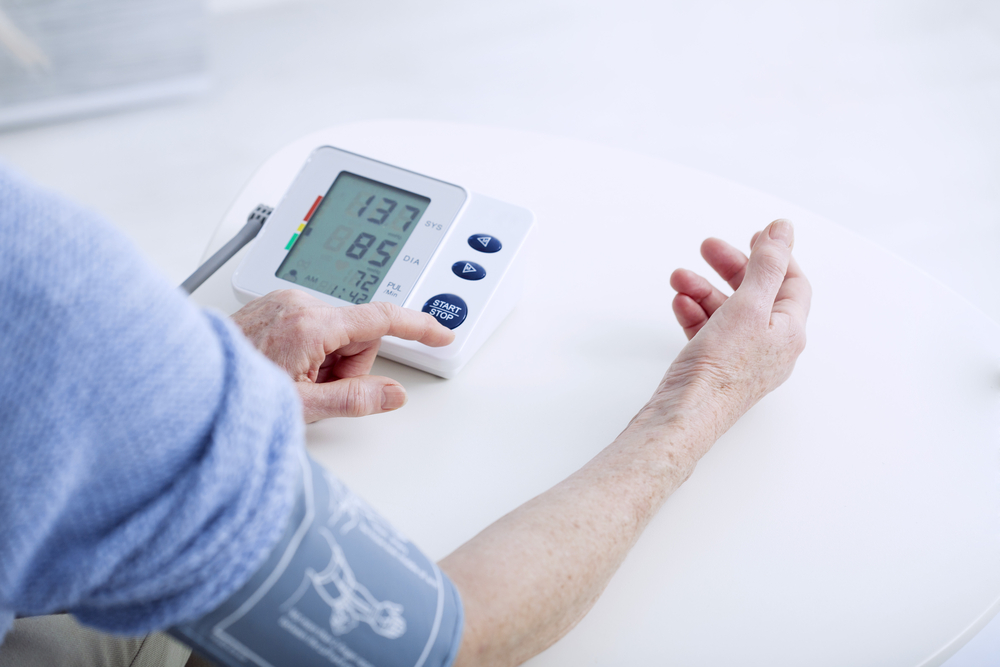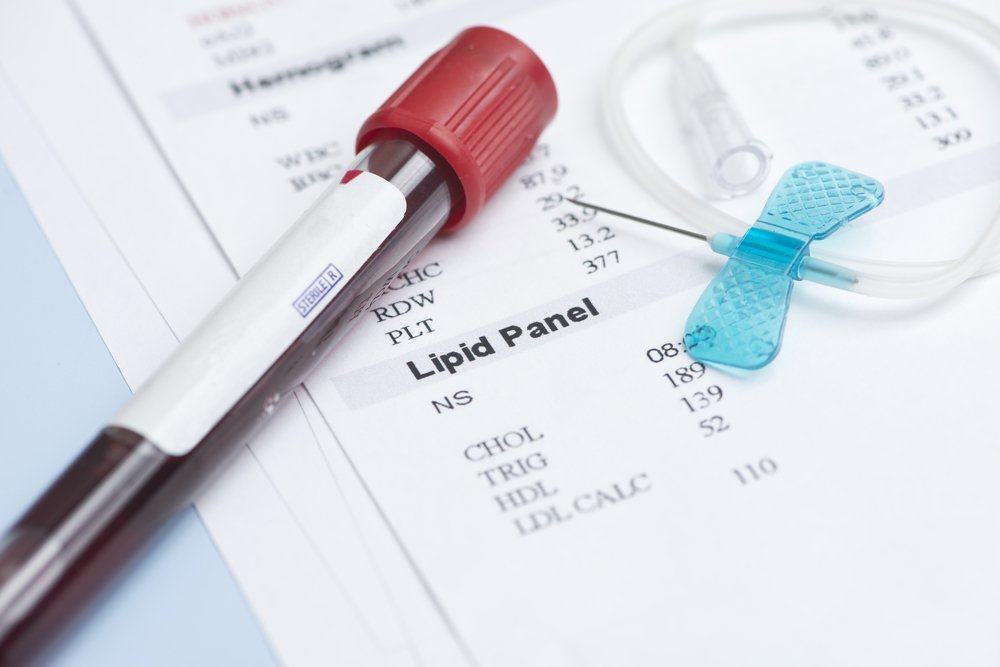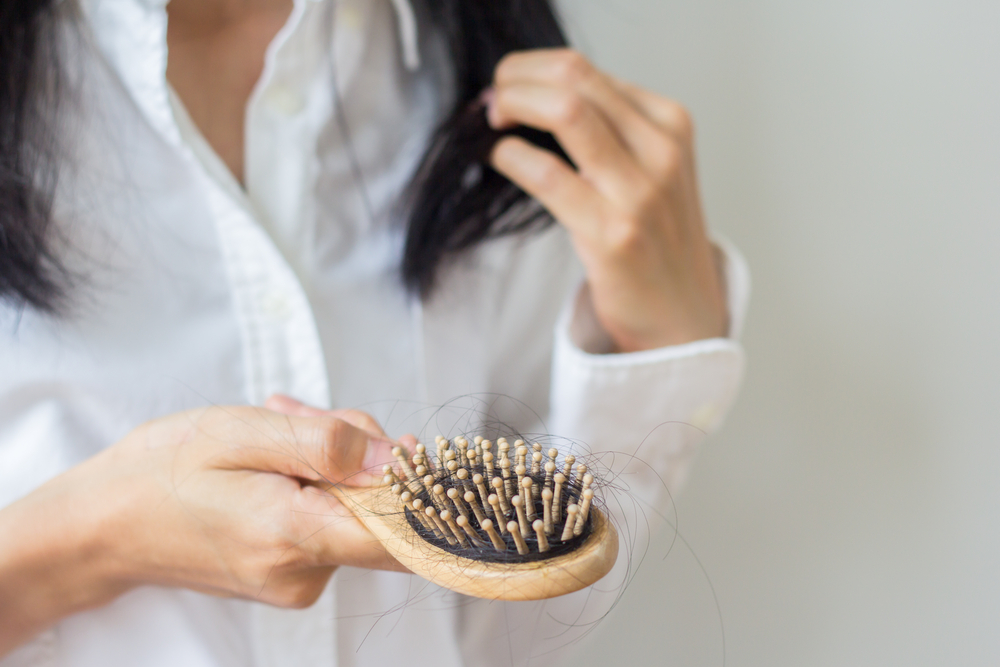Contents:
- Medical Video: How to measure blood pressure using a manual monitor
- Step by step check blood pressure at home
Medical Video: How to measure blood pressure using a manual monitor
Routinely check blood pressure at home with a tensimeter can improve the accuracy of the diagnosis of hypertension, and are superior in predicting prognosis rather than checking blood pressure in a conventional way in a clinic or hospital.
You can also save more money and the time you have to spend to consult your doctor. In this way you also become more proactive in monitoring your blood pressure over time and also for treatment.
Step by step check blood pressure at home
How to check blood pressure at home is actually easy. But before starting on your own, you should still consult with your doctor about choosing the right tool, to learn how to use it, while ensuring whether your tensimeter accuracy is in accordance with applicable medical standards.
Follow the steps below to start checking your own blood pressure at home:
- Don't smoke, drink caffeinated drinks and exercise 30 minutes before checking blood pressure
- Urinate before checking blood pressure. Make sure your bladder is completely empty, because incomplete urination can give incorrect reading results.
- Avoid measuring your blood pressure in an air-conditioned cold room.
- Don't talk or make a sound when checking tension.
- Sitting with your back properly supported by a chair and both feet standing on the floor.
- Make sure the cuff size fits with your upper arm circumference to be able to provide accurate reading results.
- The best measurement is the cuff is placed on top of the bare skin, avoid thick clothing.
- Position your arms in a way on the table so that your elbows are parallel to your heart. Position your arms as close as possible to the heart.
- Measure your blood pressure according to the device instructions. Leave the deflated cuff first in the arm, wait a moment, then take the second reading. If the reading results are close, take the average. If not, repeat again and take the average of the results of the three readings.
- Every time a check is finished, write the top number (systolic pressure) and the bottom number (diastolic pressure).
- Don't panic if your reading is high. Try to improve yourself and repeat the reading.
- Measure blood pressure at the same time every day.
- Keep a record of your tension reading in a journal and note the time you checked it.
Make tension checks at home your daily habits. This allows you to know what patterns of changes in your blood pressure are and what might trigger them, so it is very helpful for you and your doctor later on.
Routinely measuring blood pressure at home does not necessarily free you from hypertension. However, it will really help you to be more in control of your own health and adhere to the treatment of hypertension. You will know when and how to make lifestyle adjustments to keep blood pressure steady, and determine whether your hypertension medication is effective or not to manage symptoms.












